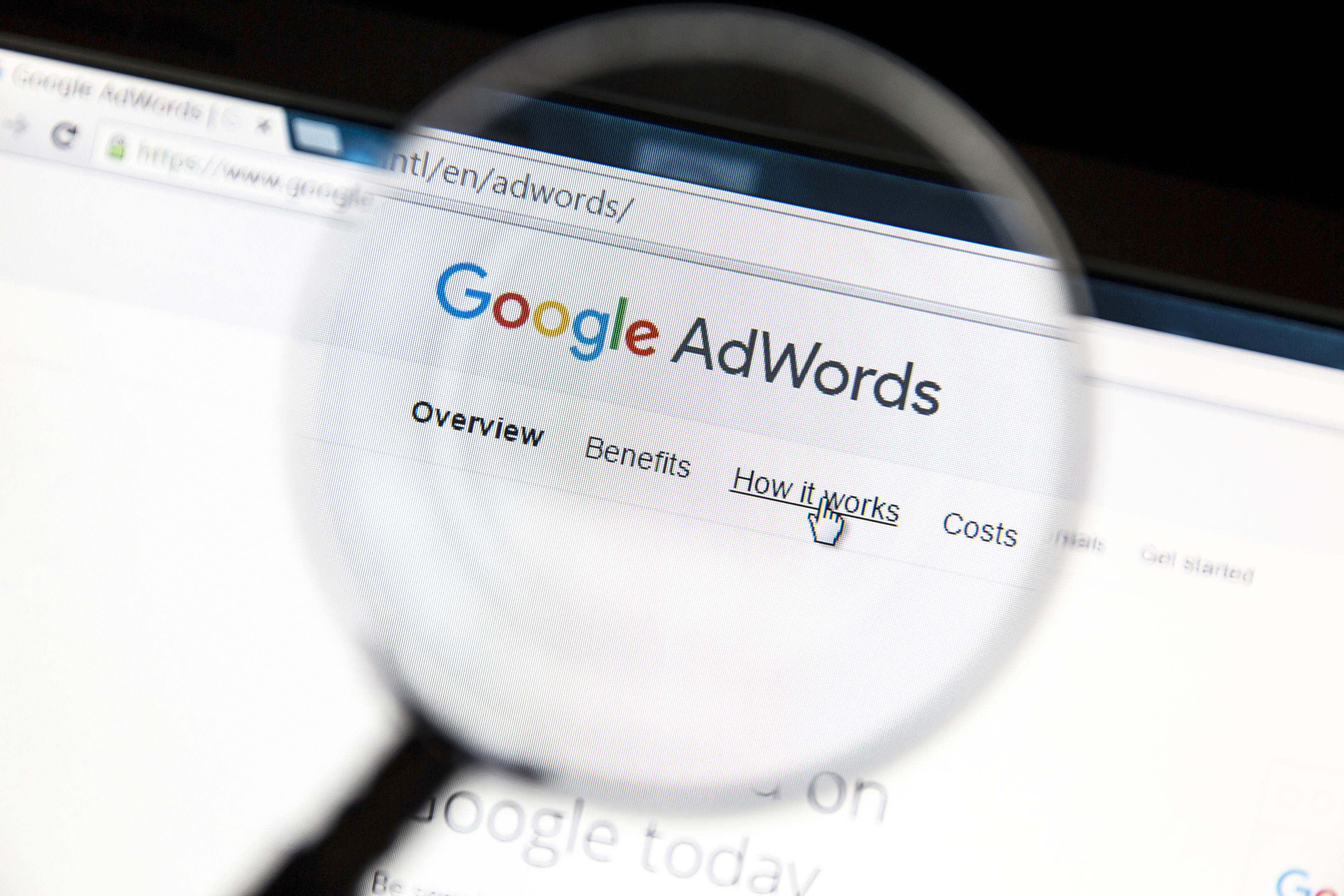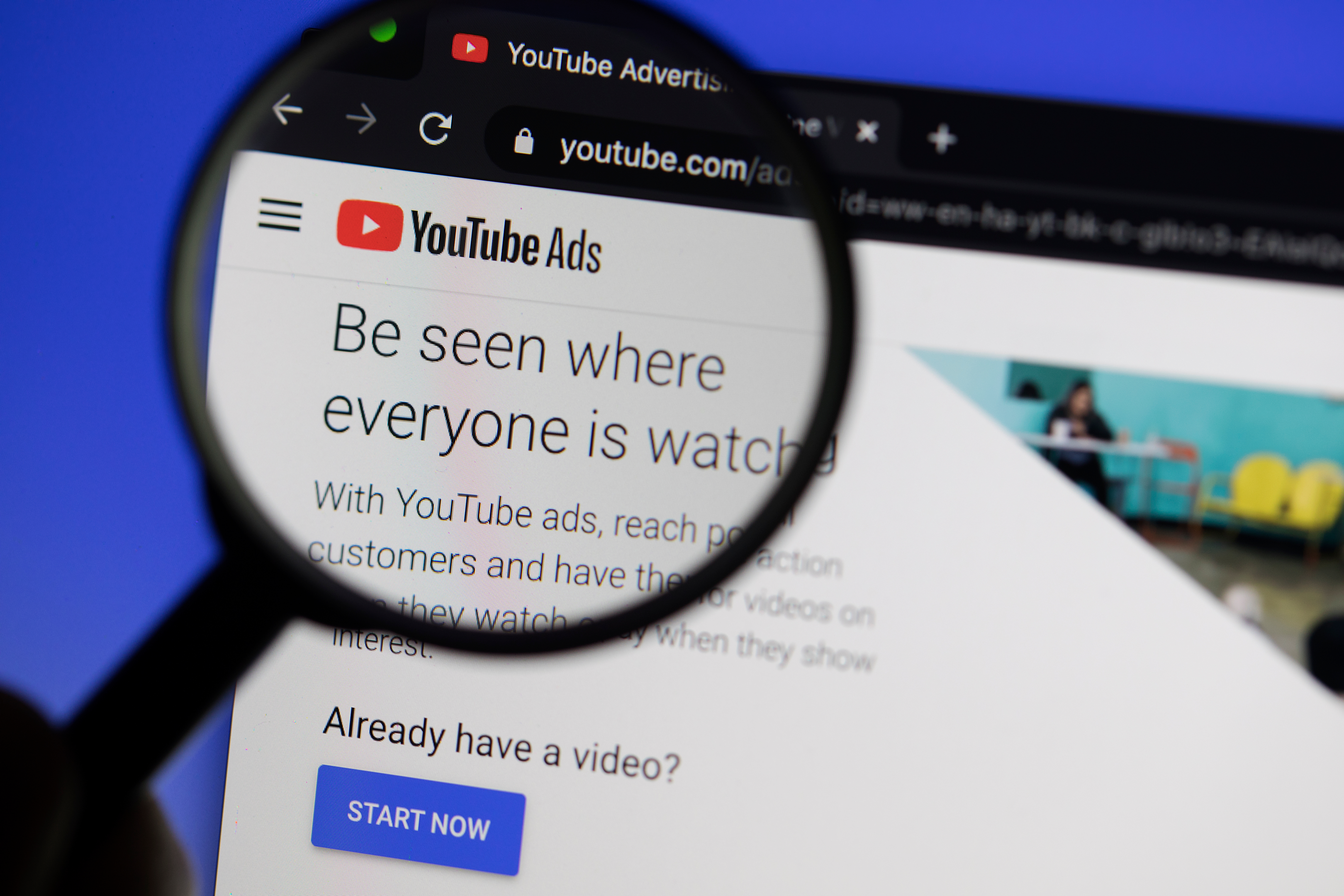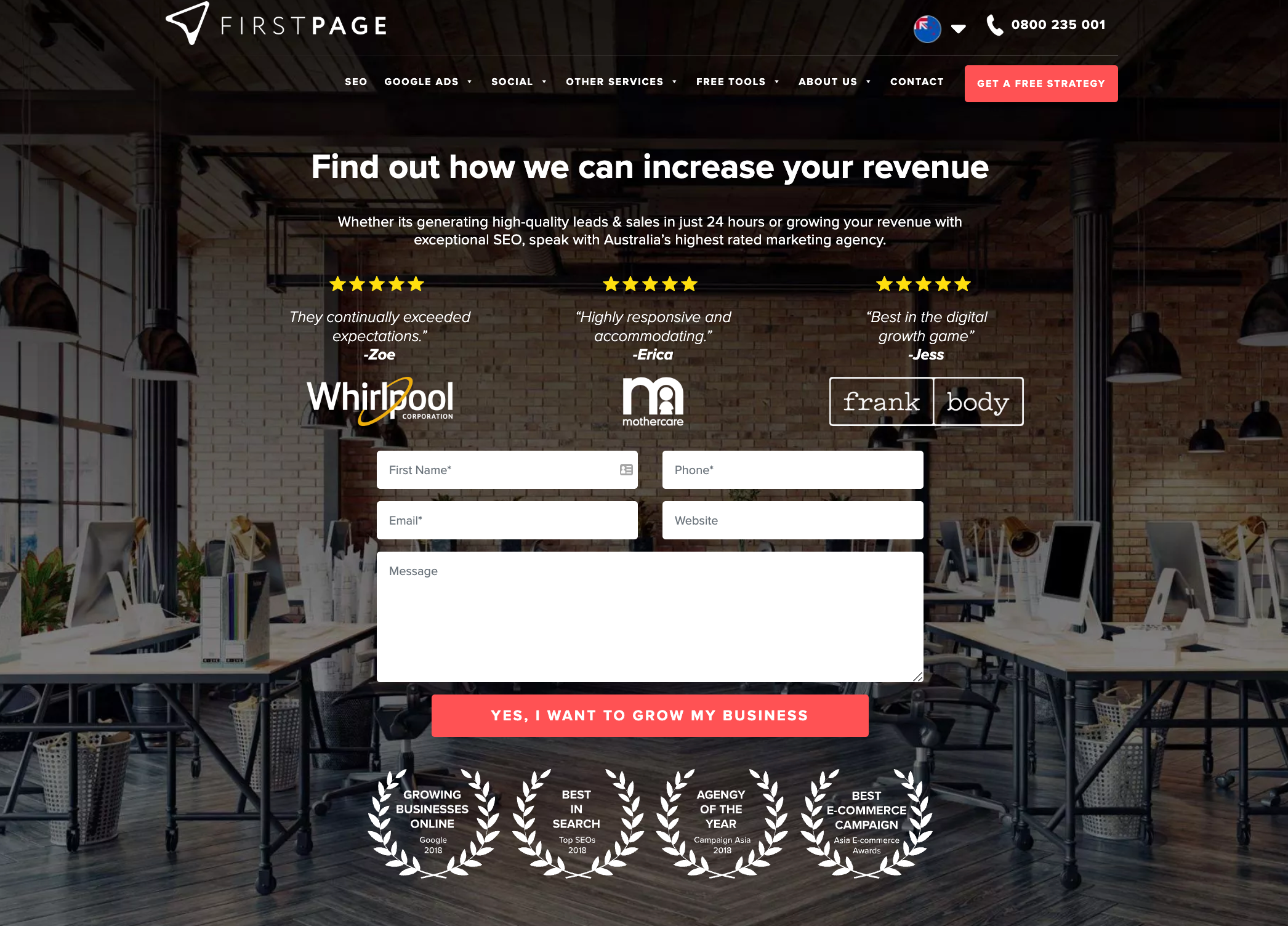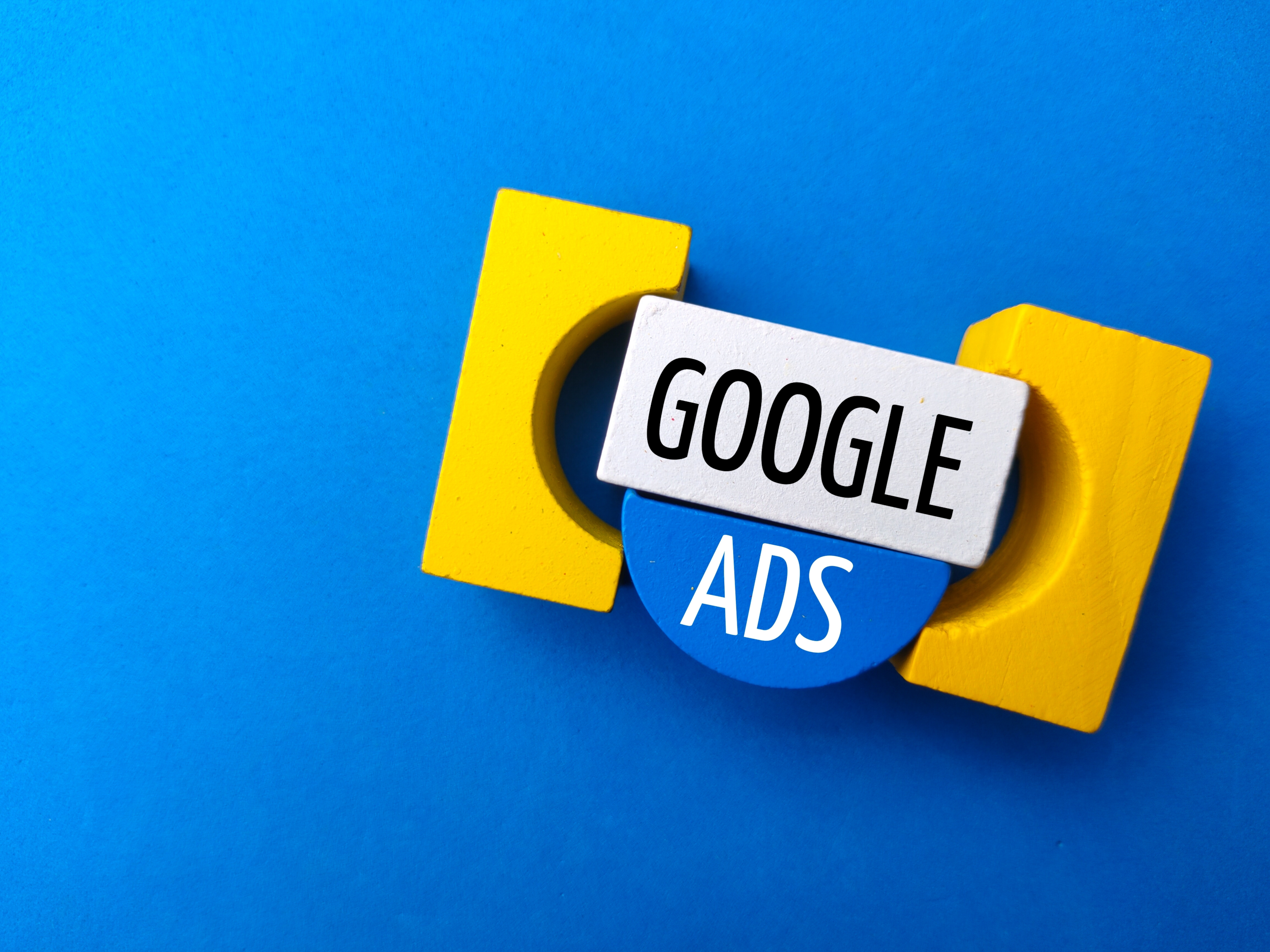Google ads: Everything you need to know
There aren’t many people out there that can say they don’t use Google regularly. We use Google nearly every day to search queries or find an answer to any question that pops into our mind. Considering how engrained into our society Google and its search results page are, it makes sense as the perfect place to create online ads that lead directly to your landing page.
Increasingly, Google ads is being utilised by campaign managers the world over. Perhaps you’re considering getting in on the action? Well, before you go running your first Google ad, there’s a few things you need to know so you can get it right the first-time round.
What are Google ads?

Google ads are Google’s online advertising program. Using this program, you can run a Google ad campaign, which involves running online ads hosted on a range of sites or beside results in the search engine.
The Google ads platform runs ads in a range of formats such as video ads, image ads, text ads and more. A single campaign can take advantage of a range of ad formats displayed across the Google search network and beyond!
You get choice of ad placement, target keywords, and of course, ad spend for your Google ad campaigns. Google ads is a proven and effective tool for increasing website traffic to web pages such as your ecommerce store.
Google ads campaign types
Before you start running Google ads, you’ll need to decide on a Google ads campaign type. These determine where your Google ads show up and in what format they are received by your target audience. Best practice for using Google ads is to utilise a range of these campaign types so that you have the best chance of grabbing the attention of your target market.
Google shopping ads

Google shopping ads appear in the normal search results pages as search ads, as well as on the Google shopping tab and other spots across the network.
The search engine will automatically match your product with the results of a search. Someone looking for shoes? They can expect the sneakers you’re selling to be displayed on the search results page.
Google display ads

Google display ads give you the opportunity to display ads on Google’s display networks – a vast database of external websites. Google Display ads may appear in text, pictures, videos or rich media formats, and are also targeted based on search results pages. You can run multiple ads across Google’s display network, exposing countless internet users to your product or services.
YouTube ads

Because Google owns this website, the YouTube ads you see before and during YouTube videos are made by Google AdWords. Create videos, text and display advertisements to promote your products or grow your brand awareness before or during videos on the site.
Google search ads

Google search ads are displayed at the top of Google search result pages. The great thing about Google search ads is that the ad appears only when a search with commercial intent has been completed such as ‘shoes’ or ‘plumber’.
This ensures you are getting your product in front of your target audience. It’s like you’re a cab driver and Google is letting you know where to drive to find all the customers looking for a cab this late at night. You also don’t pay for your search ad until it’s clicked and someone has made their way through to your site.
Google ads account: best practice

If you’re going to successfully get started on Google ads, you need to know more than how Google ads works. Here are some best practices for making the most of your Google ad campaigns and ensuring your next ad campaign is a hit.
Don’t run irrelevant ads
When you run Google ads, make sure that they are relevant to your target audience. You want to make Google ads work for you, and that means ensuring that the design of your ad and the product it’s offering needs to match up to the keyword themes you have selected.
For a far-fetched example, and with no intention of making our readers feel like idiots, if you choose relevant keywords related to coffee, don’t go attaching Google ads related to soccer gear for kids onto that ad campaign.
At the same time as making sure your ads are relevant to your target keywords, ensure that the design of your Google ads is relevant for your target audience. Consider the ad copy and include phrases not only related to the product but to your potential customers as well. Speak in their lingo!
Avoid broad keywords
When selecting keywords for your ad to show up in response to, make them specific. Pick keywords or phrases related very closely to what you’re offering and what might show up in user searches.
This can require a little bit of stepping into the shoes of the customer to consider what they’re going to type into the search engine and what they might want to show up. If we return to our coffee example, then you’ll definitely want to include words like ‘coffee’ or phrases like ‘roasted coffee’ in your keyword selection.
For kids soccer kit though, you’d need to consider what a concerned parent might search. Keywords like ‘protection’ or ‘safety equipment’ might be best. If you’re wanting to show up in search engine results related to your product, avoid broad keywords such as ‘sport’, or in relation to coffee the likes of ‘drink’, for example.
Optimize your ad landing page
Your Google ads will only be as good as your landing page. Your ad campaigns could show up in the top of the search engine results page with the most engaging heading and eye-catching design, but if the customer clicks through and comes across a landing page that doesn’t have the same quality, you’re likely to lose them then and there.
Great landing pages requires an investment of either time or money (sometimes both). You could have your web page designed and created by a professional web designer or marketing agency (like us).
They’ll use SEO, quality copy, and super engaging design to boost your conversions of potential customers who land on the page, while also driving organic search results in qualified traffic.
Improve your Quality Score (QS)
You can use Quality Score to compare the quality of your ads with those of your competitors.
At the keyword level, this quality score ranges from 1 to 10. Google determines this score with their built in Google analytics. Comparatively, a higher Quality Score means your ad and landing page are more helpful and relevant to someone searching for your keyword while a lower score means they are performing poorly due to lacking relevance or helpfulness.
This diagnostic tool will help you determine which ads, landing pages or keywords might benefit from improvement.
Important terms
Yep, that’s right… more terms to learn. In the world of digital advertising, it can feel like they never stop. These are important though, if you want to really be across your advertising campaigns and ensure your Google ads work.
Keywords
During the search process, the search results and any ads to be displayed will be sorted based on the search intent. If the keywords you’ve attached to your Google ads match the intent or purpose of a search and are considered a suitable result by the algorithm, then they will show up.
Pick a keyword for any query you’d like your advertising to appear alongside. If a potential customer is trying to clean gum off a shoe, they will find advertisements that targeted keywords like “gum on sneakers” or “clean shoe”. These might link to ads related to cleaning products, for example.
Negative keywords are keywords you don’t want your ad to show up alongside. These help you target your ad performance to your target audience even more acutely by being able to set a modified broad match.
Google Display Network
Advertisements can appear in search pages, as well as on websites in the Google Display Network (GDN). As you might already know, Google is an internet network which allows third party websites to display Google Ads on their site.
These are the ones you see hovering all around the borders of a site that have us wondering if our phones are listening to every word we say. These work extremely well if your product shows up on a relevant website.
Returning to our gum on the shoe example, if there was a blog all about DIY home cleaning with a post on how to remove pesky gum from the bottom of your shoe, then the Google Display network might decide your cleaning product ad group might make an appearance. It can lead to a match made in heaven.
PPC
Pay-per-click (PPC) is an advertising form where advertisers pay for each specific click, rather than an upfront cost. It isn’t specific to Google AdWords but is a popular type of paid campaign type.
Before you start Google ads campaigns it’s important to be across the ways you’ll pay for your ads. This cost compared to the increase in revenue will help you know if they’re worth it. PPC is a great way to get started in the world of online ads without needing to fork out the big dollars up front.
Bidding
Depending on your business and what matters most to you, Google Ads provides a space where advertisers bid for better online ‘real-estate’. Ads that focus on clicks, impressions, conversions, or views (which are displayed for video ads) are most commonly bided for by advertisers.
As soon as you’ve signed up for Google Ads, you probably already know what your goals are. A coffee shop owner might wish to attract more customers. It might be your goal to get more people signed up for your hiking club newsletter if you run a hiking club. Perhaps you want more phone calls if you’re selling solar. So on and so forth.
It will help you decide your bidding strategies and maximum bid if you establish early on what you want your ads to accomplish when you use Google for your ad campaigns.
AdRank
You can use Ad Rank to determine your ad position (where your ads appear on a page compared to other ads) and whether or not they will appear. In addition to your bid amount, other factors are taken into account when calculating your Ad Rank.
The quality of your auction-time ad, the competitiveness of an auction, your Ad Rank thresholds, the expected impact of your assets, the context of the user’s search, and ad formats are among these factors.
People’s search context is shaped by their location, their device, the time of their search, the search terms they use, the other ads and search results that appear on the page, and other signals and characteristics of their search.
Extensions
As the name implies, Google ad extensions allow you to extend your ad. The main body of your ad text can be extended with additional information about your business or product. In addition to discussing the product highlights, relevant links, and prices, they also provide more information about the product.
According to the context of the search, Google will serve extensions with your ad automatically. Due to the fact that they match signals like intent, location, and device, ad extensions add value to your ads and help them perform well.
Conversion rate (CVR)
CVR is the measurement of forms submitted by proportional traffic to your landing pages. In short, an impressive CVR means you offer seamless user experiences to match the ad (this includes that great landing page you’re investing in).
Click-Through Rate (CTR)
The CTR is how many views a website gets from visitors that have been drawn from your ads. High CTRs indicate high quality ads matching search intent and targeting appropriate keywords. Very important!
Ready for your first Google ads campaign?
If you’re feeling confident and ready to run your first Google ads campaign, then you’ll want to first set up your Google ads account. Then, start to plan out, design and write your ad group, considering all those best practice tips we’ve highlighted. Finally, before kicking it all off, make sure you’ve signed up to a Google analytics account so that you can track the performance of your Google ads in real time.
Google ads bring a suite of tools to help your business take off. It’s up to you to make the most of them!
We’re here to help!
From developing a bid strategy to understanding the best way to utilise different ad formats, we’re here to help. First Page New Zealand has the expertise and experience to take your Google ads to the next level.
Call us today on 0800 235 001 or visit https://firstpage.nz/. We look froward to working with you!















